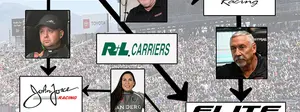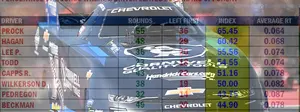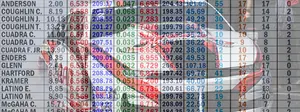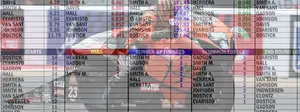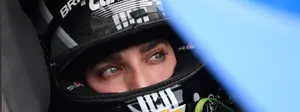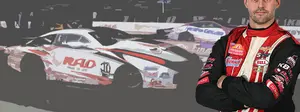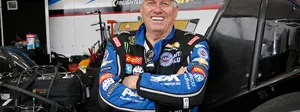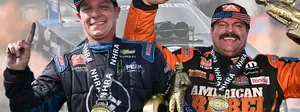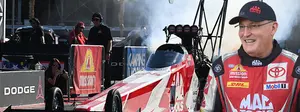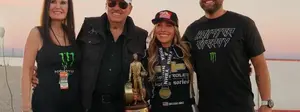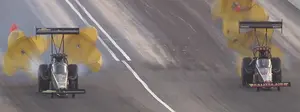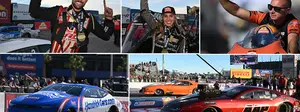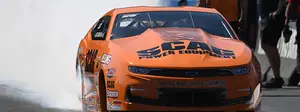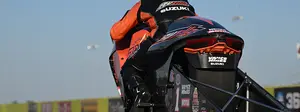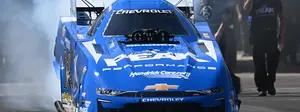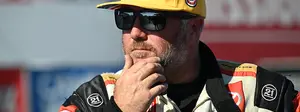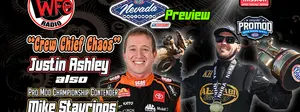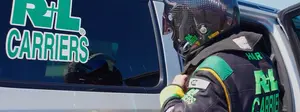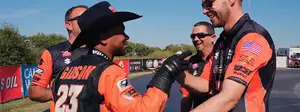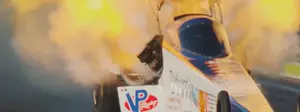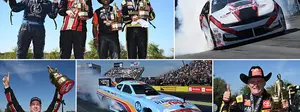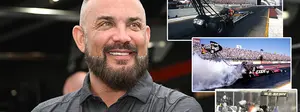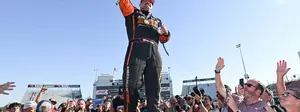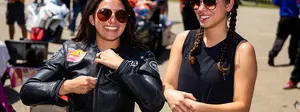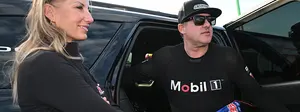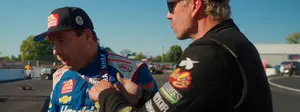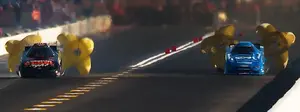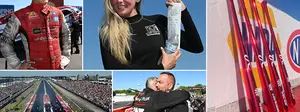

How Blake Alexander became one of Top Fuel's hottest stars
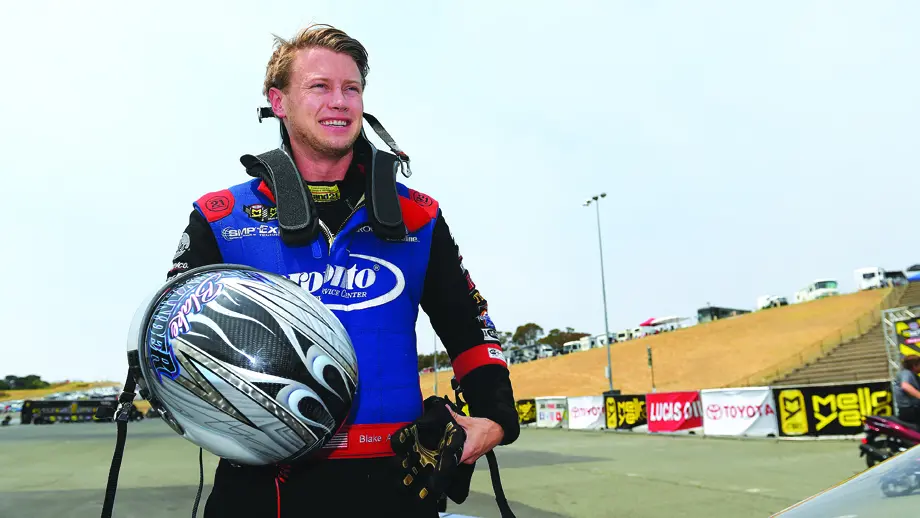
This feature originally appeared in Issue 16 of NHRA National Dragster and appears below in its original form.
What you know about Blake Alexander largely depends on two things: first, how long you’ve followed the National Hot Rod Association, and second, how attentive you are. Alexander did not make his Professional NHRA debut at the NHRA Summernationals while driving the Worsham family Top Fuel dragster.
The first time that Alexander fired up a nitro car was actually in Paul Smith’s Funny Car in Reading, where he qualified and lost in the first round. Alexander stuck with the short-wheelbase machine, driving the Smith flopper for the next five seasons with varying success. He made his first final round at the 2013 Charlotte four-wide event, coming up short against Matt Hagan while defeating Tim Wilkerson and Chad Head. Funding came and went with the ebbs and flows that many other drivers have found familiar over the years.
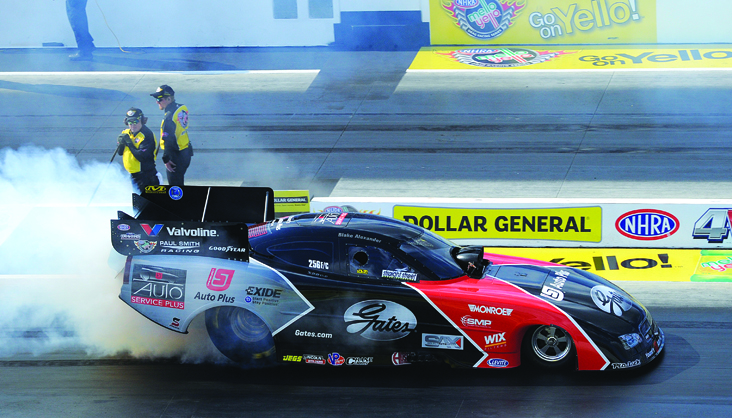
Alexander appreciates the scarcity of resources in NHRA Drag Racing perhaps as well as anyone (a few others both in and out of driving gigs are raising their hands — they’re noted, too). Whether it’s the time he yelled to his crew to buy more fuel at the top end of the racetrack after an unexpected round-win or savoring sliding out of a Funny Car after what he thought might be his last trip down the strip, he gets how much hustle is needed to stay out here on the NHRA Mello Yello Drag Racing Series tour.
That doesn’t mean the two Wallys Alexander earned during the penning of this story mark the end of a journey or merely the fulfilling of a lifelong dream. The greatest lie a Hollywood story tells is that anyone’s story is ever completed. Luke Skywalker didn’t throw away his lightsaber after Darth Vader took off his mask, and Alexander won’t stop turning on win lights after defeating Tony Schumacher in the final at the Toyota NHRA Sonoma Nationals with the worst reaction time in his career.
So, don’t be surprised Alexander beat himself up about that reaction time moments after clutching that Wally. It’s a team sport, but it’s difficult to turn off what makes you one of the best race car drivers in the world. Alexander appreciates the win and the work his team put into the dragster, and that’s precisely why he was so disappointed in himself: His team pushes him to be better — but more on that later.

An opportunity to drive a Top Fueler didn’t come to Alexander so much as the 30-year-old rustled it up himself. After a failed attempt to license with another team, Alexander gave Del Worsham a call, having known the veteran racer, though not well, for several years. Alexander describes it as a favor.
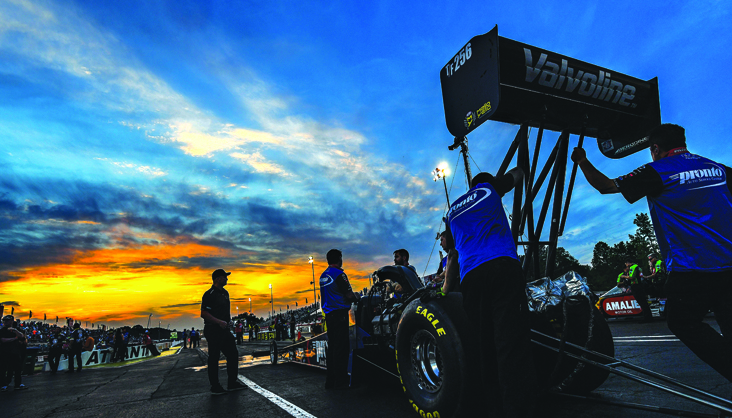
He licensed in a Top Fuel dragster and put together a deal with Worsham, who had recently rejoined his father to put the band back together. It fit. So, Alexander got his second chance after getting the distinct feeling his shots were used up. That’s the dark side of NHRA Drag Racing. While legends talk about never knowing when their next win will be their last, young racers deal with the reality that their next ride down the strip may very well be their last simply because of the dollars and cents needed to burn fuel.
Alexander immediately reminded everyone of his talent, which means but so much when competing against the best drivers and the best parts and pieces in the world.
“If you go through these guys and all their accomplishments and start adding up how many wins they have, and then you go through what [team owner Bob Vandergriff Jr.] gives us in terms of parts and pieces,” Alexander starts before trailing off. “You asked me if I was surprised that I won so quickly. There were some ingredients there, and it just had to be set up the right way. I guess we just created our own luck. We made four runs within four-thousandths of a second of each of another. These guys make me look good, you know?”
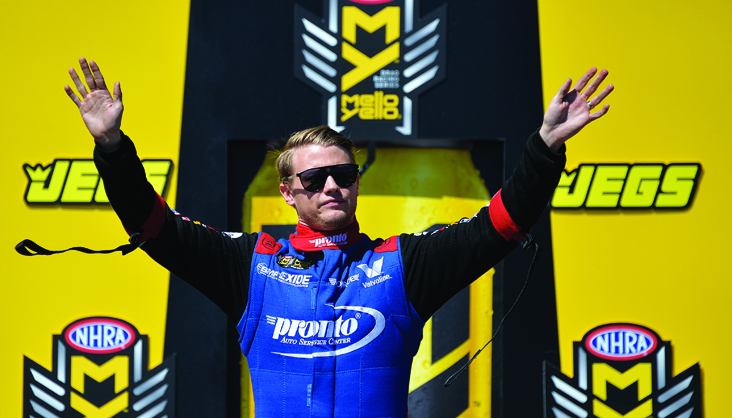
He makes them look good, too. Alexander owns one of the best reaction times in the Top Fuel class despite not getting the steady practice racers like Antron Brown and Steve Torrence get. Drag racing is a team sport in which all the eyes end up on the person in the cockpit, but the numbers don’t lie. Alexander averages a reaction time of .0779-second in a class where there’s not much cheating on the starting line. He’s good without much experience, and that should scare the competition.
When Alexander doesn’t tattoo the Tree, he wears himself out. Many drivers wear self-deprecation well, and the North Carolina resident is no exception. His reaction time in the Sonoma final was in the triple digits, well above his average, and he needed to be in the .60s to beat Doug Kalitta in the semi’s at the Dodge Mile-High NHRA Nationals powered by Mopar in Denver. That doesn’t matter much to racers who look for a win light to judge success and failure.
“A fan came up to me and said, ‘Hey, you lost on a holeshot last week,’ ” Alexander recalled. “He wasn’t trying to be a jerk or anything, but that’s just kind of how it goes.”
The delineation of a holeshot win feels antiquated in a sport as technologically advanced as drag racing. Crew chiefs spend hours looking at data sheets, fans are educated, and yet two drivers can cut .054 and .057 lights with one staring down a holeshot loss on their stat page. Likewise, a .095 light can turn into a holeshot win if a driver faces a competitor who falls asleep at the wheel.
It isn’t the phrasing so much as the failure that weighs on Alexander, who expects a lot out of himself when he hauls his dragster up to the starting line. His self-reflective honesty comes out breathlessly and in a disarming way. Before pre-race introductions, he offered this cliché.
“You know, I’ll just go out there and plan to succeed, and then things will work out for me,” he said, as if trying to convince himself before laughing. “Or maybe they won’t. I don’t know.”
Frankly, that kind of honesty should go a long way towards endearing himself toward fans who are looking for someone who keeps it real. Of course, then there are the ways Alexander separates himself from the rest of us.
 Alexander didn’t know he was in his final year driving a Funny Car (for now) in 2016, but he knew how important it was that he make his runs in Englishtown count. So, when he broke his ankle during an extracurricular activity prior to the event, he knew he needed to overcome that bit of adversity.
Alexander didn’t know he was in his final year driving a Funny Car (for now) in 2016, but he knew how important it was that he make his runs in Englishtown count. So, when he broke his ankle during an extracurricular activity prior to the event, he knew he needed to overcome that bit of adversity.
He cut off his own cast, didn’t take pain medicine, and managed to qualify in the No. 13 position. Then he cut a .068 light against his future partner Worsham in the first round and nearly beat the veteran driver, who was racing the DHL Toyota Camry at the time. That would have added yet another level to the story.
“It was pretty painful,” said Alexander. “But I get paid to drive. I guess that hustle is pretty important.”

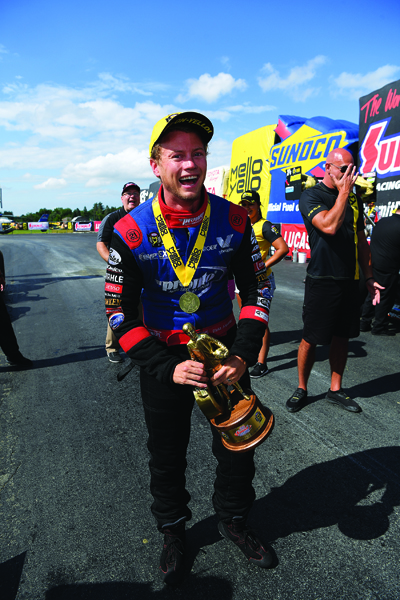
And eventually he would get paid to drive for Bob Vandergriff Racing. Vandergriff had made no bones about his desire to get out of the driver’s seat and into the owner’s box (so to speak) for years, but he hadn’t quite made a permanent deal stick. Alexander approached Vandergriff in the past but didn’t get anything done. Then, during the 2017 offseason, a deal came together.
“The first race I ever did in 2011 at Reading, he came over and said what’s up to me,” said Alexander. “When he was talking about getting out of the car, he talked to me about it, and obviously, it didn’t work out. I think it was in 2015. I had his phone number and gave him a call and told him what I could bring to the table. We just started moving in the same direction and started moving the parts and pieces moving together.”
The experience Alexander brought from driving Worsham’s car helped, but he needed more to take over the Vandergriff machine. Thankfully, Alexander is getting consistent laps when he comes out and drives this season. In six races, Alexander has gotten down the strip 75.6 percent of the time; that’s the highest rate in the Top Fuel category — not too shabby for a bunch of part-timers.
“This car is just a lot faster [than what I’m used to],” he said. “Funny Cars are hard to drive, don’t get me wrong, but this car covers ground so much faster, and your peripheral vision makes it feel like you’re going so much faster. In the Funny Car, there’s clutch dust, and you’re in the trunk of the car kinda, and the window is so far in front of you, so it feels like you’re in a video game, where you’re in some crazy situation that no human being would ever put themselves in. But [in a Top Fueler], it’s like you’re at the head of a missile.”
It’s the head of a missile that has taken Alexander to 12th in the Top Fuel points standings in six races. He leaves Sonoma as the event champion and only 86 points out of a Countdown to the Championship playoff spot without planning to run in Seattle or Brainerd at the time of this writing. The Pronto Auto Services team will attend the Chevrolet Performance U.S. Nationals in Indianapolis.
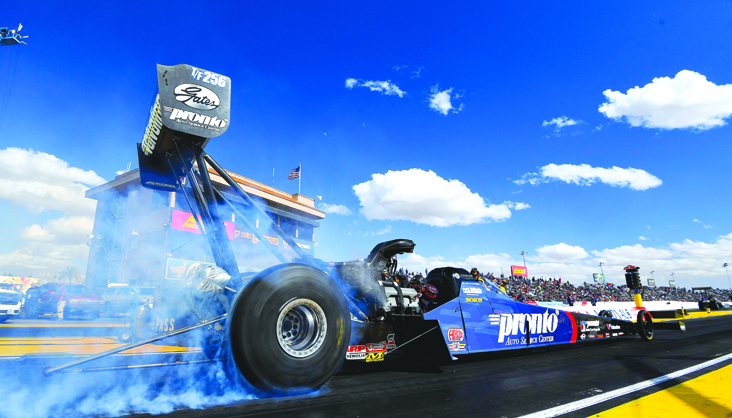
No team has accrued more points per race than Alexander, who averages 87 markers an event. He has reached at least the semi’s every time Vandergriff, crew chief Ron Douglas, and company have unloaded the dragster. That’s an astonishing run for a team that was only loosely assembled a year ago.
Disregarding a potential playoff push and the high level of success achieved so quickly, or even what comes next for someone so talented at such a young age, it’s worth appreciating what’s happening right at this moment. Before his 30th birthday, without being given the opportunity to test ad nauseum and without the gift of a Top Fuel dragster on his 21st birthday, Alexander has two Wallys, four final-round appearances in two classes, and the driving chops and marketing know-how to chase more.
That should excite fans of the Top Fuel category or anyone looking for someone to root for outside of the traditional power teams. Good things don’t come to those who wait. Good things come to those who hustle.























